So we have been doing a little virtual traveling… and a whole lot of nature study at the same time. We have had the following three books on our review pile for a little while now, and it is definitely time to share them. All of them would make fabulous gifts… and have been quietly sitting on our coffee table as folks dipped in and out of them.
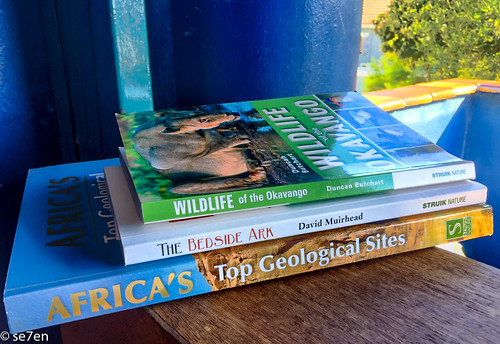
Wildlife of the Okavango

Wildlife of the Okavango by Duncan Butchart: Who wouldn’t dream of a trip to the watery wildlife packed oasis of the Okavango. The Okavango delta is quite unique in that it is the end of the river, the river that begins in the highlands of Angola and flows into the Delta region in northern Botswana… a river that never reaches the sea. This rich water supply in the midst of a desert means that this UNESCO World Heritage Site is incredibly rich in a wide variety of animal life. We have been using this book to explore the wildlife of the region.
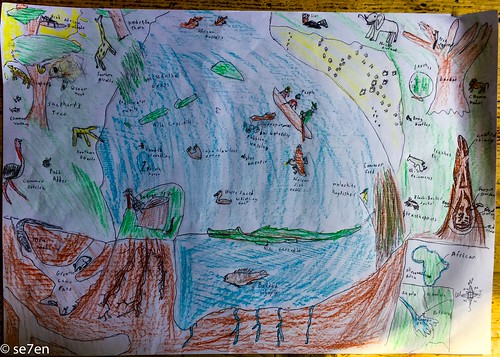
The book is divided into animals: mammals, birds, reptiles, frogs, freshwater fish, invertebrates and plant life: trees and shrubs, aquatic plants, soft stemmed shrubs and grasses. Each plant and animal has a colour photograph for identification purposes, the common and latin name, the habitat, the length and/or wingspan and the status, as well as a paragraph on their habits, calls, reproduction and any other striking features. Basically this is your essential wildlife spotter book… if you can spot it in real life in the Okavango, then you will almost instantly be able to flip to the page in the book and find out a few more details there.

Even though it isn’t a guidebook, it does have information on the climate and weather, and which season to visit in. There is an article on the different habitats to you can find there and a little bit on the impact of tourism and conservation in the region. But mostly this is a spotters guide with tips on how to get the best viewing… while a wild life walk with a guide is great for learning about the wildlife, a wildlife drive is your best opportunity for photographs. And you should not visit the Okavango without spending time exploring in a Mokoro, which is a flat bottomed canoe which uses a pole to push along the bottom to propel yourself through the water.
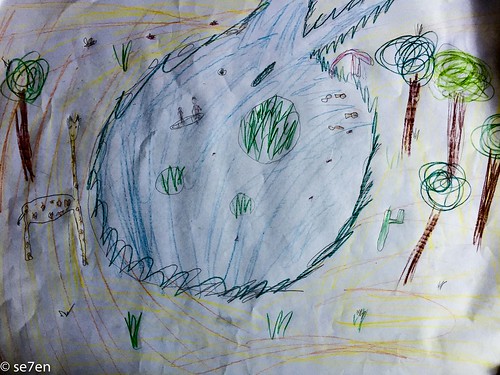
The Okavango is a birders paradise with over 500 species of bird spotted there. There is an impressive collection of birds of prey and waterbirds, not to mention endless beautiful little birds. Amongst the reptiles you will find the Nile crocodile and a large variety of snakes… best to spot those all from a distance, I dare say. There are a lot of less dangerous reptiles to encounter, like lizards and tortoises, for example. Being a wetland there are of course frogs, these are most active and vocal after dark, you know when the wild and dangerous nocturnal animals emerge. Most people head to the Okavango to see the mammals and birds but there is an entire world of invertebrates, and these little creatures provide an impressive display for most visitors.

First we drew some Okavango Maps, then we wandered in and out of the guidebook, placing wild animals on our maps as we read about them… here are se7en amazing animal facts that you may not know, gleaned from the book:
- The hippopotamus is an aquatic herbivore… it stays in water all day and only comes out at night to feed on grass.
- Did you know that the Cape Porcupine, eats roots and tubers and will scavenge bones and carion, but is also an avid digger (our garden knows this fact!!!).
- We decided that we would really like to spot a Black Heron feeding, it uses its wing feathers to make a shady spot for the fish to shelter in and for them to easily catch.
- The Rock (tree) Monitor is a giant lizard weighing up to 15 kg, and can be spotted in trees… and eats anything it can overpower.
- Then there is the Giant Bullfrog, that remains underground during the dry season, but emerges after summer rains to breed.
- There is a fish without scales, called the Fine-Tooth Squeaker, the has a sharp spine on its back that it uses as a weapon.
- So many dragonflies, as you would expect in a watery spot… we would like to spot a Common Tigertail, a beautifully striped dragonfly that is about 8cm long.

Africa’s Top Geological Sites

Africa’s Top Geological Sites, 35th International Geological Congress Commemorative Volume: This book is really a grand tour of Africa, including 44 places of incredible interest and beauty to visit throughout the continent that are geologically significant. This is a serious book of the geological kind, not to mention it looks perfect on the coffee table. Each site is presented with beautiful photographs and maps and diagrams to explain the geology, geomorphology as well as the archaeology, cultural heritage and myths of the site. There are boxes with interesting snippets for example, pioneering scientists from the site or special artefacts, specific to the site.

While I was wondering how we could include this book in our homeschool our kids spotted it on the coffee table and there really is something in it for everyone… the fossil lover poured over the fossil pages, the map lover spent time exploring the geological maps, which are very different to the more typical political or relief maps that we usually use. Our traveller has created a list of places that we have to visit, from Table Mountain to Augrabies Falls, the Pilansberg to Victoria Falls, not to mention the Okavango Delta and of course Kilimanjaro. This book is an asset to real and virtual travellers, there is nothing like knowing the details behind the places that you visit. It is packed with details and there is something for every level of explorer to look at and discover.
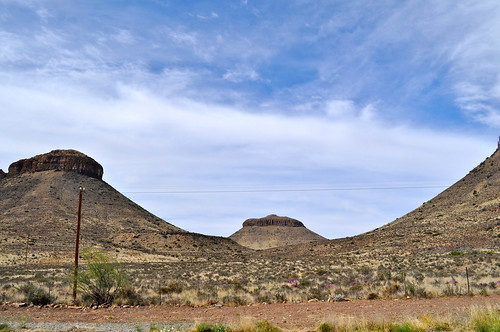
The Bedside Ark

The Bedside Ark by David Muirhead and illustrated by Patricia de Villiers: This is a collection of 42 weird and wonderful short articles about animals found in our region. This is the perfect gift book or holiday read for animal lovers… it is packed with information that you won’t find anywhere else. Each animal gets three to four pages, to tell about their folklore, their habitat, their food, their reproduction and of course all their quirks. This makes for several quick reads… and each of them will leave you somewhat astounded. The stories are definitely written for an adult audience, they have a somewhat adult tone to them, so I didn’t read them to my kids directly, but the facts are incredible and make for amazing conversation starters.
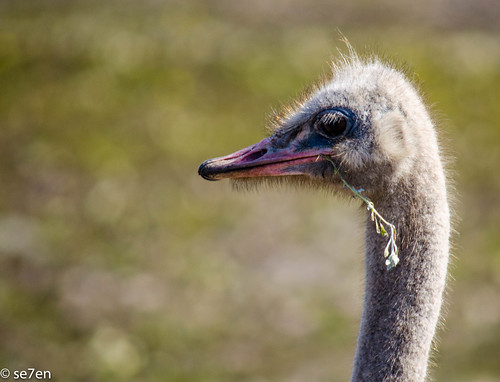
This is very much a book that you want to read in company, because you feel compelled to “Did you know…” rather a lot all the way through it. For instance did you know that rock pythons like to nibble on porcupines, that is if they can snatch them at the correct angle and then remain undisturbed during their post dinner nap… while they digest their feast. The Praying Mantis, which is an ambush predator, can remain absolutely still and just rotate its eyes in every direction… to keep its eye on you. And here’s a snippet that I bet you didn’t know… even a lion will back off from a troop of baboons in the day, however at night baboons like to settle securely out of the way… and woe betide anyone that walks beneath a baboon sleeping on a branch, because they can expect a spontaneous and impromptu shower of the the not so pleasant kind. Otherwise did you know that dung beetles roll their ball in a straight line, aligning themselves by the sun in the day and the milky way at night… Anyway…look out for this little gem it is packed with great stories!!!
We would like to thank the publishers Struik Nature and Penguin Random House South Africa who supplied us with the books for review purposes. This was not a sponsored post and all opinions are as usual my own.

The Bedside Ark seems amazing.
Hay Cassey, good choice, I think you would love it!!! Hope you have had a great week!!!
I have enjoyed your blog on and off for several years now. I am down to two official homeschoolers and we are Sonlighters/Veritas Press oriented. I am grateful you share your journey and more than a bit envious of your location. We are in extreme northern Utah (high plains) and would love to be near the ocean….but I digress. Thank you for your time that you put into your blog it is appreciated and enjoyed.
Hay Shiela, thank you so much… its comments like this one that inspire me to write more!!! Sonlight for the win, we have totally loved it all the way… Hope you have a wonderful weekend!!!